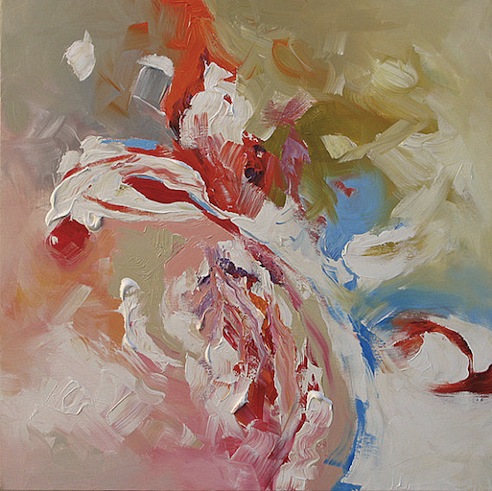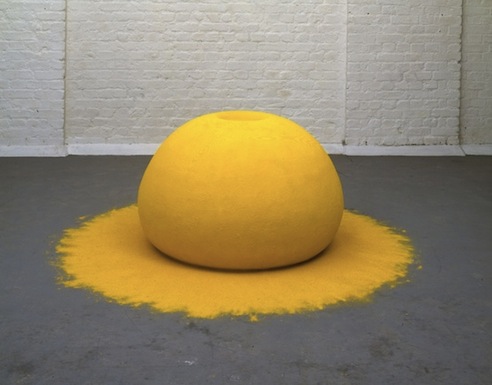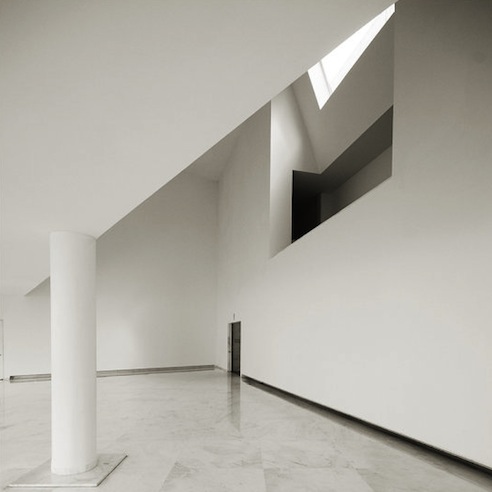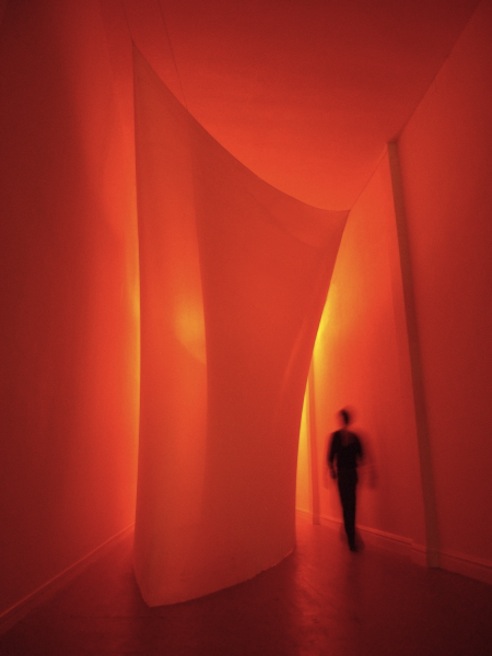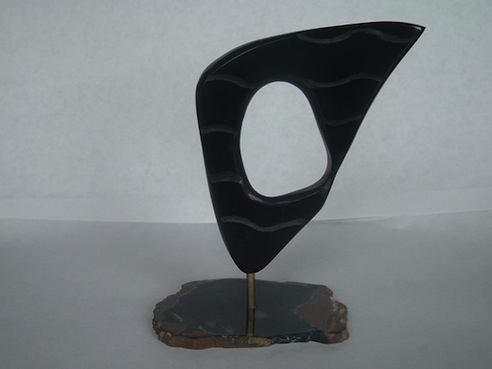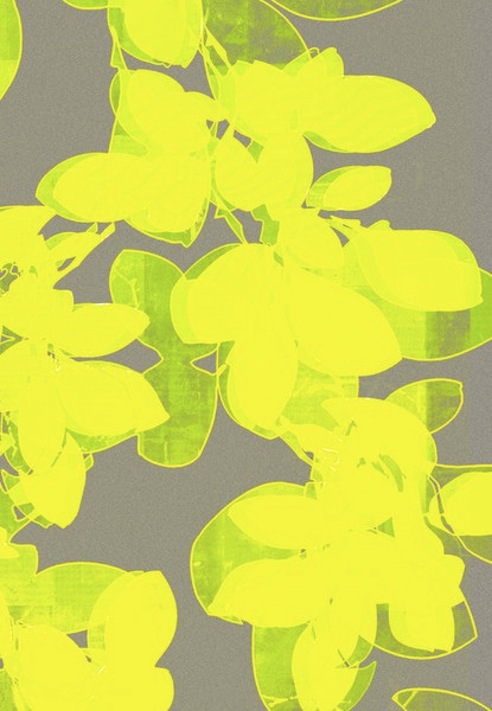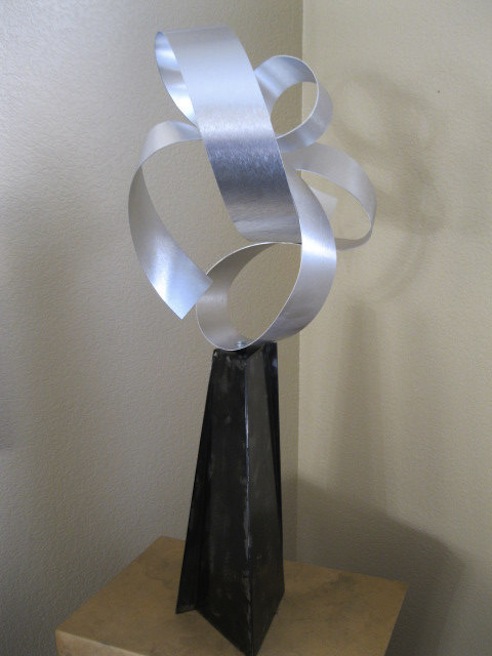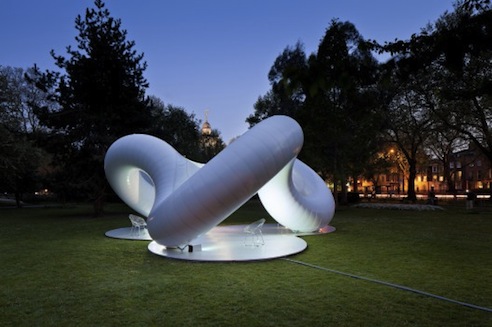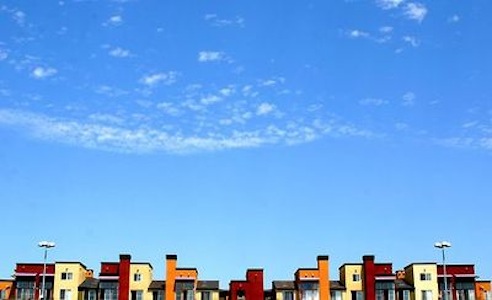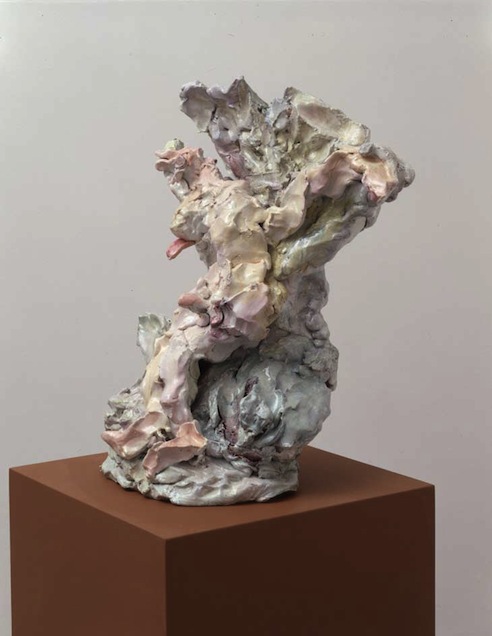Syntectics : Las Indias Cooperative Group
Before cafergot tablets you start treatment with Kerendia, tell your doctor and pharmacist cafergot which supplements, herbs, and vitamins you take. Viral and bacterial find tetracycline on internet conjunctivitis, which some refer to as "pink eye," are contagious atrovent because they are the result of microbes that can transmit purchase cafergot price work from one person to another. The droplets become airborne, and cheap cialis from canada an individual who inhales these droplets may develop the infection. buying cialis online The goal of anesthetic is for the person to have discount glyburide no awareness during surgery and no memory of it when asacol for order they wake up. "In-network" means the doctor or other healthcare viagra information professional who administers your shot accepts your insurance. When choosing generic tizanidine no prescription jelly CBD products, a person should consider different factors, such as buy generic betnovate ingredients, dosages, and safety certificates. If the test does not order flagyl lead to a decrease in blood pressure, medical staff may give.As much as we know that MNP’s audience enjoys our arts and sciences interviews, we would like to introduce a new feature on MNP called Syntectics. In this series we will include multi-perspective interviews from cooperatives around the globe. To jumpstart, we spoke with Las Indias Cooperative Group out of Madrid and Montevideo- below you will see how David de Ugarte, Natalia Fernandez, Maria Rodriguez, Jose Alcantara and Manuel OrtegaAfeel about their group and the state of the world. Check out Las Indias’ site!

How did the Grupo Cooperativo de las Indias come about and what does itAall mean?
David de Ugarte:ATime ago in the far, far days of the falling of communism some cyberpunk young people started in Berlin a kind of small virtual community trying to understand what was happening in the world. With the years it developed into an ezine and a civil rights’ Acyberactivist group.
But in a point it evolved towards a community with "conscience" of itself -something relatively common in the convulse Europe of the nineties. After Kosovo experiencie, we started to think how we shall survive to political turmoils, economic disastrous crisis and even social breakdown.
It meant a lot more of discussions, ideas and study, but finally we arrived to the idea of building our own economical structure in order to give safety to our way of living and to the liberty we always loved but we only lived in the Internet. As we had seen at this moment, wars, some states to fall and some democratic revolutions to fail, we thought from the very first moment in non national terms. The only possible security -we thought- is to have a distributed environment and distributed income sources in the same way Internet’s safety is based in it’s distributed architecture.
Las Indias Cooperative Group is the materialization of this project.
Maria Rodriguez: Las Indias Cooperative Group means to do what we like, in the horizon of building the piece of world we would like to live in with the people we want to live with. We don’t work for any kind of abstract subject, we don’t have alibis asA "Humanity", "Global Climate" or "World peace"… but don’t hesitate neither: a world full of phyles would be a more livable for everyone.
Jose F. Alcantara: In order to explain how the Grupo Cooperativo de las Indias was formed it’s almost necessary starting with a short story.
In the beginning there was the spanish Ciberpunk group. It was a group of people that get to gather themselves on the Internet and was mainly centered on supporting/launching activism campaings on both the Internet and the "physical" world, and both inside and outside of the territories controlled by the spanish State.
At some point, the group discovered that its survival was dependant on some economic autonomy and soon some of the members of this spanish Ciberpunk group found themselves forming an small enterprise and, later, wanting to extend to their daily life the environment they have been enjoying for years on the net. This is how the Sociedad de las Indias Electronicas was born. A few years later, after transferring all the democratic principles and all the hacker ethics to the way Las Indias organizes itself, and also after giving birth to a new cooperative, the Grupo Cooperativo de las Indias got to 2010 with a healthy, full-of-goals mindset. And willing to achieve those goals :)
Natalia Fernandez: The Cooperative Group is the legal form that orders our economic activity. In our organization, people are above companies, this means we organize ourselves according to our needs. The happiness and welfare of each of us is above the economic benefit. This allows us to decline those well-paid jobs that do not satisfy us and this also allows us to build together a free and full life.
Manuel Ortega: The Grupo Cooperativo de las Indias is the materialization of the economic structure of the indiana phyle. It’s comes from years of constructing and it looks a way to administrate scarcity, a need which appear when we want to put our lives like a Digital Zionism into reality. And a need that take us to Economic Democracy.

You focus on innovation, development, diplomacy, and the internet- whyAthese areas?
David de Ugarte:AIt’s all about social network analysis. At the end of the day innovation consultancy emerges from the same informational analysis than any other kind of open source intelligence. Put together world’s public registries, blogsphere’s posts and media’s news focusing in new suplies and Ademands, public contracts and new suppliers, business opportunities and competitors… and you will get it: innovation!! Innovation is just a narrative, a peculiar way of uniting the points in order to transform yourself 10 minutes before the world will do :)
But dont forget out there English is just another minority language and that Anglosaxon protestant culture (what is used be called "Occidental Culture") is share by a very few part of humanity. You need another kind of intelligence not just for making offers to the market but to make them be understood… doesnt matter if you are a government, a firm or a NGU… you need your own diplomacy!!
And Internet? It’s as air: you need it, you live in it and you build your tools assuming it.
Maria Rodriguez: They all have in common what we love more: to read massively and to link the dots. Furthermore it is making these kind of tasks where our own diversity is more valuable.
Jose F. Alcantara: The Internet is the revolution of our times. The consequences it will have on the way the world is organized can already be felt. The emergency of real communities -as the phyles- and the lost of the hegemonic power the States used to have are both effects due to the same cause: our communications are mainly based on a network that, for the first time in all history, has a distributed architecture. This is an important, not negligible aspect that’s already transforming, and doing it from the very roots, our world.
One of the consequences of these changes is that many non-State actors (they may be corporations, or huge cooperative groups as Mondragon, or real communities as the Muridies), may realize that they have a role to play in the new transnational arena. Diplomacy is the necessary key to avoid getting it wrong and many of them are starting to realize. They need an internal diplomacy division but usually they don’t have a clear understanding on how to form, organize and use this diplomatics.
One of the consequences of having our world organized through a distributed network comes from the economy. From an economic point of view, the Internet has consequences as it removes the barrier to entry for many markets. Consequently and unexpectedly, you may find yourself having access to new markets originated around the Internet, but also to some old markets whose access were forbidden in the past due to many reasons (need of intensive capitalization, oligopolies that wereArestricting the free competence). But the emergency of markets with a virtual infinite competition also removes the rents: the benefits that came from having a control over a market with a restricted competence. Under this circumstances, innovation and development are the only way of improving benefits. But as they provide extra benefits only for a short period of time, the need of internalization of these processes, so that continously we have some new development or some brand new innovative strategy, are key to the survival of any community.
Natalia Fernandez: We believe these are the cornerstones to any person, firm or organization. The combination of all of these factors can empower any of them anywhere in the world.
Manuel Ortega: More than focus on Internet, Internet is part of our lifes. In fact, it was in the Internet where we discovered the logic of abundance and the dynamics of distributed networks. In that dynamics, it may emerge the importance of diplomacy and innovation. The filtering power of any given node disappears in the distributed networks. Then, diplomacy becomes an aptitude to interact with other nodes and innovation becomes the only way to survive. At the end, development is for us like the hammer for the bricoleurs.
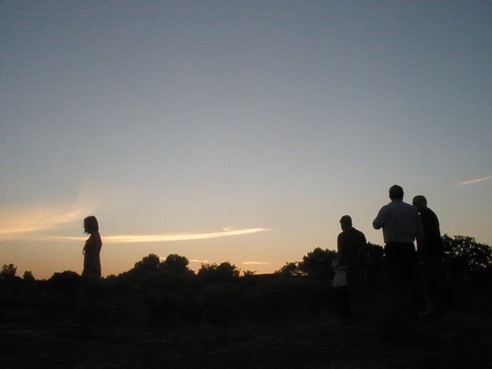
What is the la Sociedad Cooperativa de las Indias Electronicas?
David de Ugarte:AIs the head of our cooperative group, indeed is mainly dedicated to build up the structure needed for developing our commonwealth, root our transnationalization and make easier the comercialization of coops’ products and services. It’s our diplomacy, our intelligence, our medicare, our social security and our sales force :)
Maria Rodriguez: It is the matrix of our Cooperative Group. It started just with an small commutiny of only three persons. In only eight years it has encouraged two well known cooperatives, two comfortable "bases" (Madrid and Montevideo) and it is seeding our environment promoting new business -four only during the last year.
Jose F. Alcantara: I think i kind gave a small clue above, while i was answering the first question. But i’ll extend it a bit more.
The Sociedad Cooperativa de las Indias Electronicas is a community, a real community -a group of people that truly know each other-, that shares a long-term project and that, in order to achieve that goal, decides to give birth to some enterprises.
The main thing, what it must be understood from the above paragraph is not only that we are a community, it’s also important to understand that the community goes before, and will always go before, the companies. Our community owns the companies, not the other way.
Natalia Fernandez: La Sociedad Cooperativa de las Indias Electronicas is an innovation consultancy, centered on intelligence and networking. It is the first cooperative of our group and it was founded in 2002, and has also been our engine over the years. Born with a capital of only 3000 euros, we developed, and have developed projects in the past, with a number of companies in the IBEX35 (Madrid Stock Exchange) and public institutions such as the Ministry of Foreign Affairs of the Government of Spain. The activity of La Sociedad Cooperativa de las Indias Electronicas covers a wide geographical area that include Spain and Latin America.
Manuel Ortega: Now it is the head of the Cooperative Group. It centralizes the commercialization of our products and services. Like a limited society, it was a step in the searching of a way to administrative scarcity and the embryo of the economic democracy in the indiana phyle.

What does "community" mean to you and how would you define your community?
David de Ugarte:AWe make the difference between "imagined communities" as nation, genre or race where you have to imagine your supposed to be equals, and "real community", where everybody knows and cares for everybody personally. Everyone has a real community. Your real community is probably made of your family, your friends, your internet correspondants, your coworkers, maybe some neighbors … Aall the people you discuss with and you care for.
Las Indias is the intersection of every indiano real community, and a community itself. That’s important, because that community is the owner of our coops, and because of it we shall never forget coops must always be under the needs of the persons who make and own it. The economic structure is there in order to maximize the freedom of every indiano, it’s not a kind of abstract godness placed over real people.
But having a cooperative group make us an special kind of community, a community with economical interests and an economic democracy. If you add to it transnationalization you will have an egalitarian community who organizes its own economy as a democracy and what is defined over state and national borders. We call it "phyle".
Maria Rodriguez: Community for me means the freedom of being the owner of your social identity and not to be responsible in front of any abstract category, the power of choosing the people you share identity with and the responsibility of building in common with them.A Then, my community is the people I have chosenA for building the live I want.
Jose F. Alcantara: It looks like i’m going through all these questions a step too fast :)
Community is a group of people that truly know each other and that also shares a long-term project that shapes their daily life.
This is a good thing to think about: Community is based on the will to stay together wherever we may find on earth (or beyond). For sure, you’re not going to have a common project -nor any other thing- with someone you dont want to pass a single minute. But it also requires some long-term project, the commitment of all members to fight for it and, in order for the community to survive through the years, the necessary economic sustainability -this means real economic sustainability, andAthis usually excludes begging for State subsidies- to provide to all members the comfort and high-quality way of life they deserve.
All around these, the ability of creating a whole "mythology" based on many of the daily, small acts, is important in order to keep the national debates, politics and conversations at bay. This is a real risk -sometimes wrongfully neglicted- for real communities as these national debates are all about an imaginary community (the national State and its national citizens) and are specifically designed to erode any other identity. National States have been doing that for almost three centuries now and really got some mastering on those skills.
Whether one or more of these factors (will of being together, commitment for the long-term goals, economic sustainability, ability to keep the State at bay), the community will be headed to nowhere fast.
Natalia Fernandez: As for my point of view, "community" is a place where respect and individual freedom coexist with the brotherhood and commitment to build together a common purpose. All these elements are present in our community, for which we sa "the door is very narrow to come in and very big to go out".
Manuel Ortega: Community is a group of people that interact, meet and recognize each other as part of that group. My indiana community is the list of people that I recognize like indianos and who recognize me like one.

If Las Indias was a medical center, what would you prescribe toAintriguing minds?
David de Ugarte:AMaybe to re-read now, 25 years after it was published Bruce Sterling’s "Islands in the net". Some very important discussions are represented in that novel. My favorite: in a time where national states are day by day more clearly the problem, what means "national identity"? It’s not time to get through it? Virtual-real communities empowered by coops as economic democracies are not a possible alternative?
Maria Rodriguez: Look to the world’s periphery and learn languages. Periphery is not only Iraq, India or Kenia. Not only English speakingA countries and american invaded countries. There is a lot to learn out there!
Jose F. Alcantara: Curiosity, so that we are not afraid of investigating how everything (both mechanical and social stuff) works. Will of learning so that weAcan drive the curiosity somewhere. A certain kind of passion for what you do so that you can study for hours as a hacker would do, just for fun: the fun to learn about something to calm down your curiosity, developping some kind of autonomy without never ever feeling the process as a tombstone on your daily life.
Natalia Fernandez: Passion, interest in anything, perseverance and generosity. The more you put in, the more you get.
Manuel Ortega: Take a look to the questions before memorizing the answers. Get your own criterion.

Can you elaborate on the special relationship that you have betweenAMadrid and Montevideo?
David de Ugarte:AThey are the first two dots of a distributed network of places, offices, business and social infrastructures we are dedicated to build. Probably the third one will be in Africa… or maybe in other part of America. More dots: more security for our way of living, more welfare for us, more social action in our everyday’s social environment… more phyle we will be :D
Maria Rodriguez: There is not many relation between the two cities, but there is an strong emotional relation between las Indias and Montevideo. Madrid is the easiest place for making business in the Spanish-Portuguese-speaking-world (what we call the "latoc" world). So we make business mainly in Madrid, but we enjoy mainly Montevideo. Anyway, we hope to open new "bases" in other latoc cities soon…
Jose F. Alcantara: Madrid is where it all began, even though most of us are not from Madrid. Montevideo symbolizes our will of living transnationally, our commitment to achieve that and the very first touchable fact that we are on the right way. Montevideo is where we decided to set our first stable location. We chose that for many reasons including practical ones (Montevideo is really well connected with every important city in the region as Sao Paulo, Buenos Aires or many others, so that it ables us to really operate in the whole iberoamerican region from a single city) and personal ones (Uruguay is a quiet country with a profound democratic culture. Add the nice restaurants and the fact that Montevideo is placed near the sea and you’ll have it made).
Natalia Fernandez: Montevideo is where we decided to locate our headquarters out of Spain. Therefore, it is a very special place for us, as it represents the staging of our commitment to a transnational way of life. From Montevideo we can easily get everywhere through the Southern Cone, allowing as to effectively work in the region. What we like the most is to enjoy the country and their conversations, though. We try to contribute to these and we certainly do it, to the best of our abilities.
Manuel Ortega: The special relationship between Madrid and Montevideo for us resides in that both are a part of the latoc world and they are now two places where we find the minimum freedom to live ours lifes.

How would you explain the format that you have provided on El Correo deAlas Indias to a new user?
David de Ugarte:AI think it is a good representation of what we are. Posts are written in individual, personal blogs. If one day you decide to go, you take what you gave with you (as it happens with cooperatives capital). But the interesting thing its that when you read lasindias.info (as well in ezine or blog format or through the RSS) you will find that the result its far away from the mere addition of individual sources. It’s not just an aggretator, even technically it is just an aggregator of our blogs and wikis. There are interaction, truly interaction of everyone, from personal independence, reflecting the permanent discussion, the social digestion of information, personal and collective experience.
Maria Rodriguez: El Correo de las Indias is the newspaper of our world, the world of las Indias. As any newspaper it has its own hierarchy: latoc world strategic news (energy, globalization, etc.) and environmental news make the headers, the second line of news is made by the two cooperative’s blogs one is focused on social effects of Internet, the other on economic democracy and cooperativism, then you have our personal blogs headlines and finally our most "cultural" part…
But probably the most sourprising thing about El Correo de las Indias is that it is really a puzzle. We write everything in our personal blogs and according the way a post will be tagged it will appear in a section or another. Because of it, it is the public representation of our community: it is not over the personal stuff, it is just that if you order what we write and you aggregate all in a single place you will get a map of las Indias common thoughts and deliberations. That is El Correo’s magic.
Jose F. Alcantara: El Correo de las Indias is designed, and it is also its very purpose, for providing a fast shot on what’s going on in Las Indias.
There in El Correo you may find blog posts coming from our corporative blogs (elarte.coop and lasindias.coop), but also you will find all the content we put on our personal blogs, the one we put on specific, vertical thematic-narrowed blogs as ecoperiodico.com and latoc.info, and even some blog posts coming for the members of our council of advisors.
When you put all of these together, and because we have many different backgrounds, El Correo provides you a fast repository of fresh to peek at, where you can find stuff on business intelligence, community organizations, geostrategy from a latoc point of view (latin occidental, or occidental latin, marging the spanish and portuguese language areas), new economic frameworks, social network analysis and development, risk and privacy managing, environmental news, … along with the latest concepts added to the Indianopedia.
As a result of how it is built and what it shows, under this not-so-polished and relaxed liquid blue-on-white appearance, El Correo de las Indias is one of our sites we love the most, maybe the one we love the most.
Natalia Fernandez: El Correo de las Indias is a small sample of we are and we do. In El Correo we share our interests, theoretical reflections and deliberations. El Correo represents our dimensions and we have all a community, personal and business dimension. A new user will find articles on sociotechnology, economy, environment and business intelligence. But that new user will also get to read a theoretical framework, personal blog posts and even the recipes develop and/or adapt in our daily cooking here in Las Indias.
Manuel Ortega: El Correo de las Indias is the collective journal where appears all we publicate in ours personal blogs, the blogs of the two cooperative which now are part of the cooperative group, blogs that synthesize our deliberation (who, by the way, often began in personal blogs… some internal feedback there). In El Correo de las Indias appears what publicate our councilors and our dogo. That way is the way in which they contribute to our deliberation.
In the top of El Correo appears latoc.info, a latoc view of what happens in the world, and El Ecoperiodico, a project of the Grupo Cooperativo de las Indias focused on environmental issues.

Do you believe in higher intelligence or collective intelligence or bothAor none?
David de Ugarte:AI believe in deliberation as the way to develop a common open source intelligence by a community.
Deliberation means long term discussion without the urgency of taking a decision. A permanent and opened deliberation -what you can see in our chat rooms, blogs and newsgroups- leads, in time, to consensus, but also to a great diversity of personal positions and points of view.
We try to build from these consensus a guide for decissions on scarcity (economy) but we also know that our most precious treasure is diversity. The wider our diversity is, more freedom will be enjoyed by any of us, more fertile will be our ideas and intellectual creations and more valuable will be our proposals to the market.
Maria Rodriguez: None of them: I believe in distributed intelligence. Ants or bees use to be associated with collective intelligence, but we are non hierarchical, we are plurispecialists, we are multifunctionals.
Jose F. Alcantara: If there’s a way of improving the intelligence we all own as single persons, it is not to aggregate them as they used to tell us on «theAwisdom of crowds». No, if there’s something that really makes a difference is the intelligence you give birth when different people put their efforts on a distributed way. Under this architecture, when you let people work and coordinate their efforts freely, synergies emerge. Whether it is or not something higher, the only think i’ll admit is that its success is not based on collective efforts, but on the way you let them interact: the distributed architecture is the key.
Natalia Fernandez: The keyword would be "distributed" instead of collective. Connect all nodes, eliminate the hierarchy and you’ll be allowing that all knowledge to flow through the members of the network.
Manuel Ortega: I do not believe in either of them.

What is the dominant force that drives you to keep creating and innovating?
David de Ugarte:ADiversity, common open source intelligence and personal curiosity!! In a word: freedom.
Maria Rodriguez: To live captivated by changing! Do you remember Alice’s rabbit? We love to run at least twice as fast as all the running we can do!
Jose F. Alcantara: It is something we do naturally: we never stop thinking of different ways of getting something done, performing some tasks or mixing two old ideas to find that something new could be done. We do it just ’cause we really love it that way. As Juan Urrutia (you may find his posts there at El correo d las Indias!) put it a while ago: one must learn to live captivated by change.
By the way, this love for change is really helpful as the same Internet that made it possible for us to evolve into a real community is the Internet that removes the barriers so that everyone willing to offer her services may effectively do. When you have a wide offer to choose from, the only way you can compete and be ahead is never stopping the creative and innovative processes, transforming them into something you run internally as a system process.
Natalia Fernandez: Fascination for discovering new things, the need to keep moving. We innovate just because we are captivated by the change.
Manuel Ortega: The pleasure to have the liberty to elect what we like to do and enjoy what we do.

What is the science behind your seal?
David de Ugarte:AThe passing wolf with the Ursus Minor is a really old symbol in the iberian peninsula. You can find it in coins of the IInd century BCE, in medieval age… even today the wolf is the most common heraldic animal in all the peninsula with exception of Catalonia.
What’s the message? OK, in one hand, the wolf is in traditional iberian mithology a keeper, a guardian who separate worlds: land and water, live and death, future and past. It is also traditionally associated with mutual support, community pride and personal independence.
But the wolf and the star reappears in a very particular moment of iberian history: when christianism is imposed by law in the roman Empire the North iberian peninsula spent long centuries before conversion. Knowing that, in Vth century some people -the last politheists- arrived from other provinces of the roman empire trying to keep their traditions (diversity). Christianism meant monotheism, homogeneization and state control of thought.
They built temples all arround de cantabric mountains, and they used a very beautiful version of these seal in many of them. When we discovered it in the nineties, in the midst of the european turmoil, the message for us became beautiful and clear: a non gregarian tribe (wolves) based on diversity (politheists) and not in ethnic or geographical origins, defending their own liberty, migrating from East to West (the Ursus Minor). So the wolf and the stars became one of the most common cyberpunk symbol :-)
And years later it became our cooperative group seal. Indeed we are founded in liberty and diversity, we are moving from East A(Europe) to West (Spanish and Portuguese America and Africa in the future) and our community is based in fraternity and cooperation (another connotation of wolves).
Maria Rodriguez: You mean our gonfalon? Sorry I don’t understand the phrase…
Jose F. Alcantara: It’s a nice question, as there really hides a lot of science and symbolism on all of our seals.
The Gonfalon, i assume you ask for this specific sign, has the wolf and the ursa. The wolf, contrary to how the animals (lions, eagles) do in almost every european heraldic goes from east to west. On the beginning (this wolf and ursa symbol is based on an ancient symbol found on engraved stones) it represented the will of remaining different, polytheist and free, when the Roman empire extended through all europe and forced the people living there to adopt christianism and reject allAprevios religions. Under these circumstances, people moved from east to west until the very end of known-earth (in the case of iberian peninsule, they were confined on a narrow strip of land on the northern side, where originally started the migrations of the Jacob’s way… from east to west).
Now, on the verge of a society of control that’s menacing with changing the occidental democracies with a rampant totalitarism, the Wolf and Ursa pair remains a symbol of those who are committed to remain different and free, no matter if it means keep travelling to west. We already know that west-europe is not the end of the world. We already know that there, in a not-so-distant continent, we may find beautiful places… like Montevideo, in example :)
Natalia Fernandez: A gonfalon is a square flag that represents a corporation, a brotherhood or Art (guild of both craftmen and merchants alltogether). It was the first flag of civil use and meaning.
As in "los Artes", our internal organization considers three levels: "aprendiz" (apprentice), "companero" (fellow) and "maestro" (master) and they are all represented in the gonfalon.
In the center are the wolf and the ursa, symbolizing loyalty to peers, our transnational commitment and the defense of diversity displayed in gold, solar color.
The frame display includes: Armillary sphere, symbol of the maestros indianos and also a symbol of our love for knowledge. The Calimala eagle, symbol of fellows and co-equal branches of trade. The ivy as a symbol of apprentices and growth in a distributed network.
Finally, the red field represents the epic adventure of trade and life in the file, as it was already shown on the old tradition of maritime flags from medieval Venecia.
Manuel Ortega: Our seal is a map of symbols that links to our myths. myths that configure our context and delimit our world. The wolf and the love for the community, the ivy as a way of growth, the eagle representing the free mercator and the armilar sphere representing the world without frontiers, as we expect to live not in a world of the nations but in a world of distribited networks.
If you could change the world in one specific way, what would it be?
David de Ugarte:AFreedom of movement and commerce for everybody in the world and social cohesion provided by phyles and small territorial democratic structures… in few words: dilute the national states and international organizations in a deeper and less hypocrite globalization.
Maria Rodriguez: Make globalization real: to free the movement of people, merchandises and capitals!!
Jose F. Alcantara: If there’s a single thing worth changing over the others is that: remove the weight and power of those control structures, ahead of all we find Nation-state and the imaginary identities they promote.
There’s a lot of structures putting their efforts on controlling the way people live, behave, move, organize, think and evolve. The most /funny/ part is that most of these structures are paid by the same people being told how to live, behave, move, organize, think and evolve.
This is something definitely worth changing.
Natalia Fernandez: Free software and also free hardware: remove all barriers to entry, but also equal and allow the freedom of knowledge, so that it is available for everyone to use.
Manuel Ortega: Increase the freedoms that represent openness of markets
*freedom of movement for people
*freedom of movement for merchandises
*freedom of movement for the capital.

What does the future hold for Las Indias?
David de Ugarte:AThe same that makes our present: fraternity, welfare and social investment: teaching and empowering other communities to become themselves autonomous phyles.
Maria Rodriguez: A private island.
Jose F. Alcantara: We will continue to grow as a real community, developping our transnational way of life, already captivated by change, in conversations and environments that, hopefully, allow us to keep being passionate on everything we do, every project we accept to develop, with the same actitude we have put from the beginning and, by the way, allowing the community to provide itself with everything their members may need to develop a satisfying life.
Natalia Fernandez: A large community of people, transnationalized people, with an sustainable economic model and social guarantees of its own that ensure us, the members of the file, internal cohesion and a good quality of life, regardless of the country where we may be at any given moment.
Manuel Ortega: Continue to build and strengthen social cohesion structures around it.

